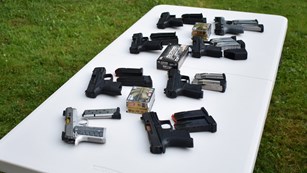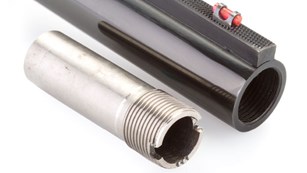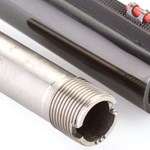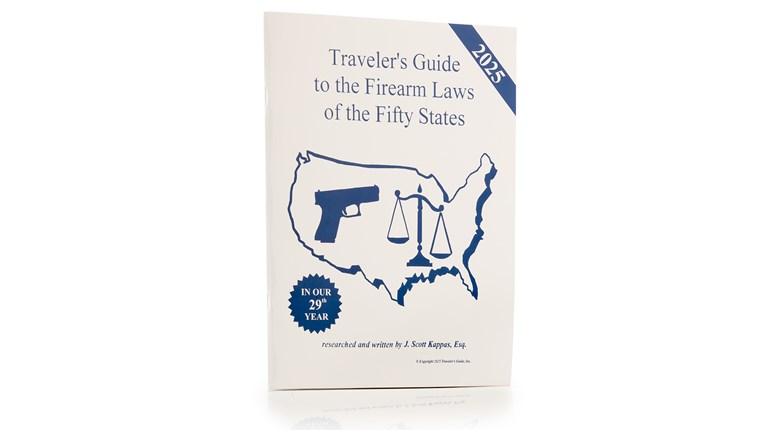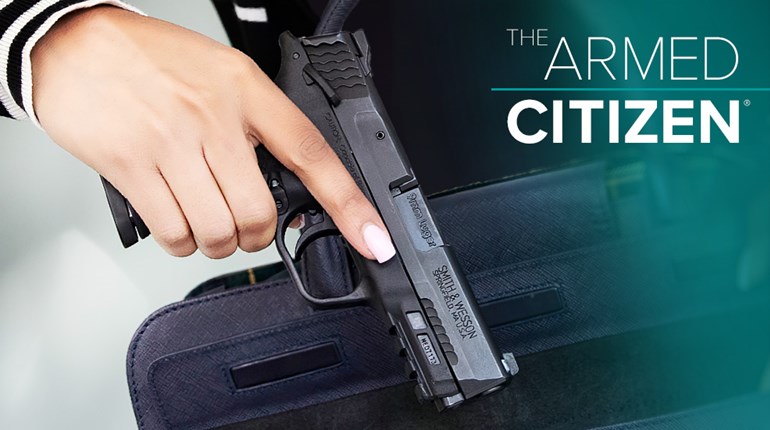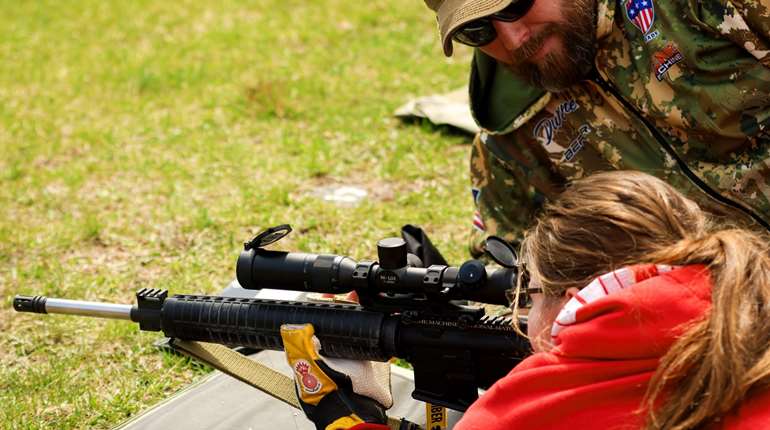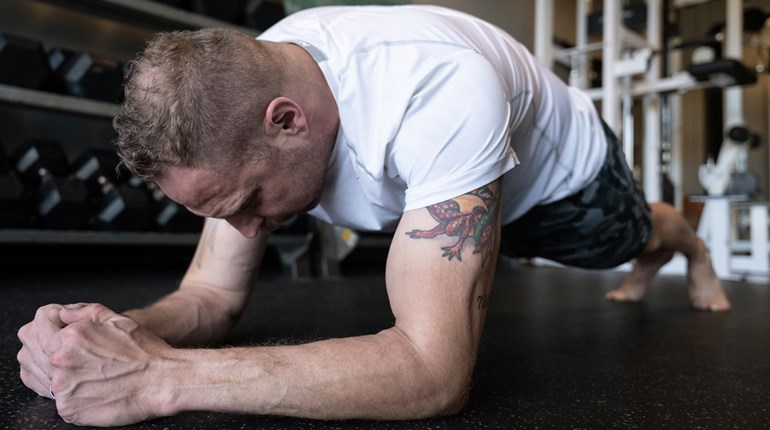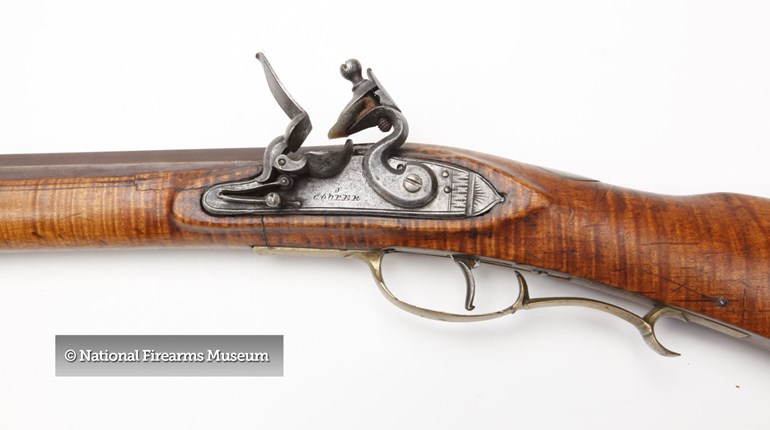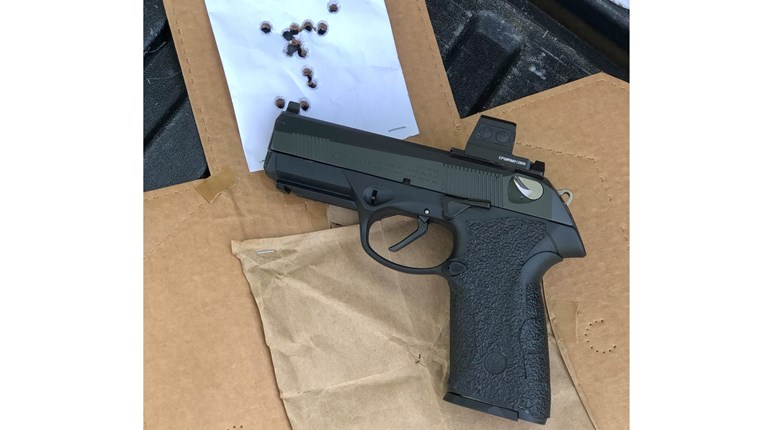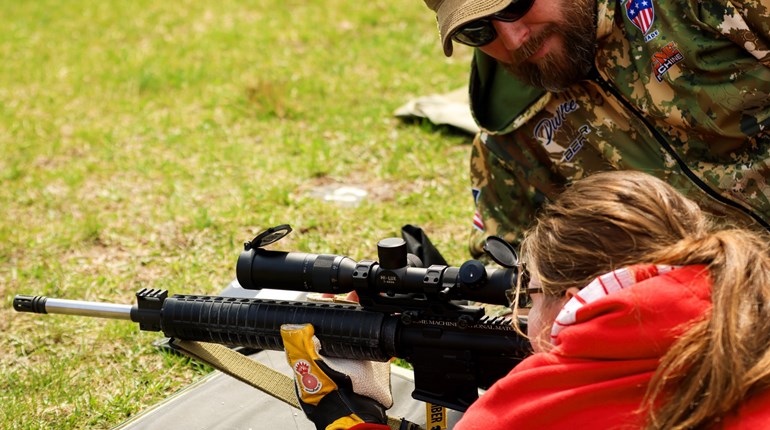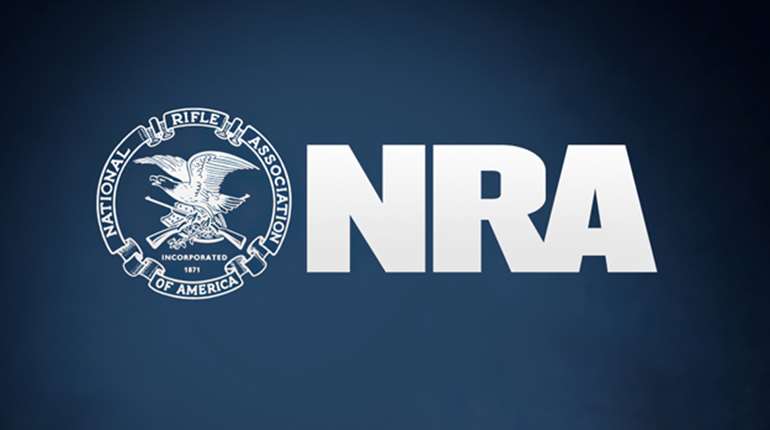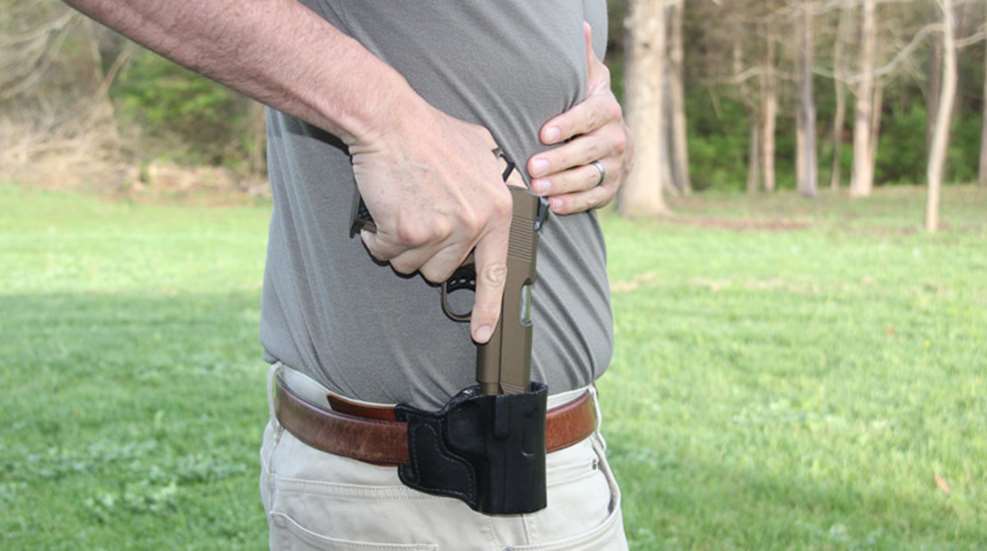
Not long ago I was speaking with a firearms instructor at an event in Arizona and the conversation turned to gun safety. This gentleman retired as a Sergeant Major in the Army and had since spent decades teaching students—both civilians and military and law enforcement professionals—how to safely handle guns. With such an extensive instructional background I thought it might be worthwhile to ask him about accident avoidance, and his response was straightforward.
“Be very, very careful when you holster a firearm.”
The majority of injuries that the Sergeant Major had seen during his tenure involved shooters who accidentally shot themselves in the leg, foot, thighs or buttocks during the process of placing their gun back in the holster. And, he said, shooters who made this mistake ranged in experience from rank beginners to very accomplished marksmen who handled guns on a regular basis as part of their career.
Firearms safety should always be our top priority, and since our conversation regarding holster-related injuries I have been more conscientious of how I handle my firearm during reholstering. I believe that the problem stems from a lack of focus during the entire process. When you’re reholstering there’s a tendency to believe that the shooting session is over and even a momentary loss of focus is unacceptable when there’s a firearm in your hand. Occasionally the phrase “speed holstering” appears in firearms literature, but of the laundry list of drills that can help you become a more proficient and effective shooter I can’t imagine a single scenario in which getting your gun back to the holster with haste is beneficial. In fact, it’s a recipe for disaster.
I’m not alone in that belief. At Arizona’s Gunsite Academy, one of the most highly-regarded firearms training facilities in the world, speed reholstering is considered a safety violation. Firearm instructors are generally very good at teaching safety principles like indexing the finger outside the trigger guard until you’re ready to fire, keeping your muzzle pointed in a safe direction at all times, and treating every firearm as though it were loaded at all times. But many courses overlook—or at least don’t thoroughly emphasize—the risks associated with a hasty or careless holstering. Of the CCW classes I’ve attended very few have specifically called attention to the need to carefully and slowly holster your firearm. It’s time that all of us—instructors, competition shooters, gun writers, law enforcement professionals, CCW permit holders and recreational shooters—take a long and careful look at how we reholster our firearm.
The Keys to Safe Reholstering
Two key points need to be emphasized when we discuss safe holstering. First, you need to be absolutely certain that the gun is safe when it goes back in the holster. That means you need to bring your finger out of the trigger guard completely since jamming a gun into a holster with your finger in the trigger guard stands a good chance of inadvertently driving the finger back onto the trigger. On firearms such as 1911s that have a manual safety, you must be certain that the safety is engaged before reholstering the weapon. That’s not a substitute for proper gun handling but it is an extra layer of protection against an unforeseen accident.
Secondly, there’s no benefit to rapidly stuffing your firearm into a holster. Take plenty of time to safely reholster the gun. It’s essential make a habit of visually ensuring that the gun is safe and your finger is outside the trigger guard, so get in the habit of consciously slowing down the process and checking to be certain that the gun is properly aligned in the holster. Bulky clothing can tie up your hand and your firearm, so clear the path to the holster. Above all else, go slowly and stay safe. A close-range shot to the leg, thigh or foot can have devastating results. One mistake can have crippling lifelong effects. As you go forward with your shooting training, incorporate safe holstering into your regular routine and remain aware of all times about the dangers involved with this seemingly simple maneuver. It’s time we spread the word about holstering safety and do our part to eliminate these needless injuries.









